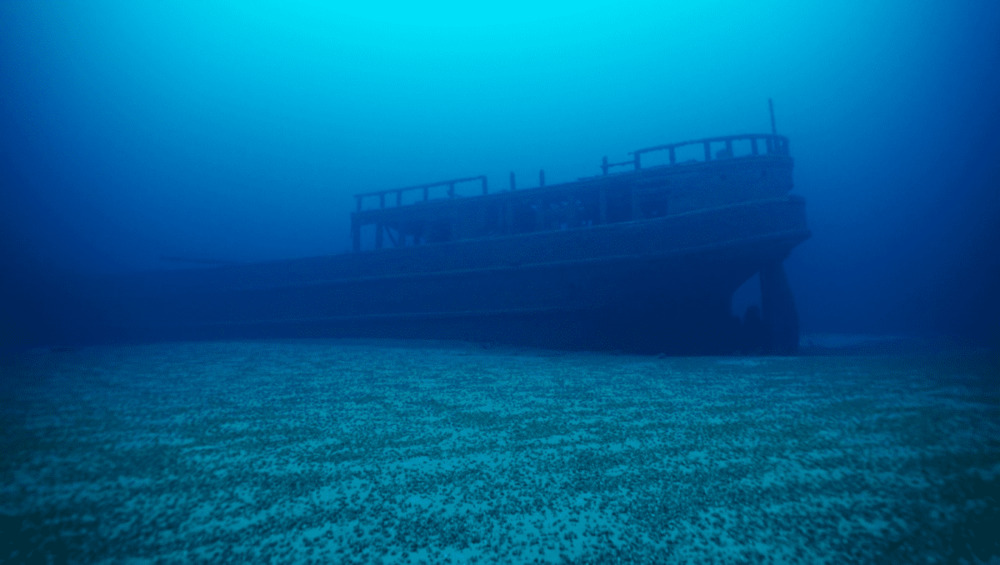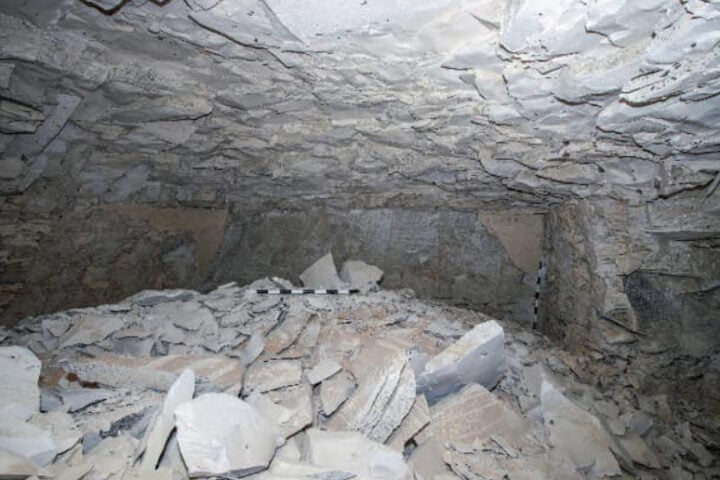On a seemingly ordinary day in June 2023, the waters of Lake Huron whispered a secret they had held for 128 years. Documentary filmmakers, Yvonne Drebert and Zach Melnick, unraveled this mystery when they stumbled upon the shipwreck of the “Africa,” a vessel that had vanished in 1895.
The “Africa” had set sail with eleven sailors and never returned, becoming a ghost story of Lake Huron’s Saugeen-Bruce Peninsula in Ontario, Canada. Its last known voyage was in stormy seas, and since then, the ship and its crew became a part of maritime folklore.
The discovery was serendipitous. Drebert and Melnick, known for their expertise in underwater videography using ROVs (remotely operated vehicles), were tipped off about an unusual sonar reading by scientists conducting an offshore fish survey. “We received a tip that scientists… had noticed an anomaly on their sonar readout,” Melnick shared. With their state-of-the-art Boxfish Luna ROV, equipped with an ultra-low-light, high-resolution camera system, the duo set out, expecting little more than “a pile of rocks.”
However, the waters had a different story to tell. As the ROV descended 85 meters, a massive structure emerged from the abyss. “We were down for only a few minutes when a huge structure loomed up from the depths – it was a shipwreck. We couldn’t believe it,” Melnick recounted.
But the ship’s identity was concealed. The invasive quagga mussels, which have proliferated in the Great Lakes over the past 30 years, had encased the ship. These mussels, while responsible for the increased clarity of the lakes, have also made shipwreck identification challenging. Drebert noted, “The quaggas are the reason we’re able to see the shipwreck in almost 300 feet of water without any additional lights.”
Similar Posts
To unravel the ship’s identity, the filmmakers sought the expertise of local maritime historian, Patrick Folkes, and marine archaeologist, Scarlett Janusas. After meticulous research and another dive to measure and film the vessel, the ship’s identity was confirmed. The “Africa,” originally built in 1873, had met its fate in 1895 during a snowstorm, with its towline to another vessel, the “Severn,” being severed. While the “Severn’s” crew was rescued, the “Africa” and its eleven sailors vanished into the depths.
The ship’s discovery near Drebert and Melnick’s residence in Larsen Cove, named after the ship’s captain, Hans P. Larsen, added a personal touch to the find. Melnick reflected on the broader implications of their work, stating, “Before discovering the ‘Africa,’ our work focused on the ecological impacts of the mussels… but the mussels have truly changed everything in the deep waters of the Great Lakes.”
This monumental discovery will be featured in their upcoming documentary, “All Too Clear: Beneath the Surface of the Great Lakes,” set to air on TVO next year. The film, supported by several organizations, promises to shed light on the life beneath the Great Lakes and the profound changes brought about by the quagga mussels.
For those eager to glimpse this historical marvel, photographs and videos of the wreck are available, capturing a chapter of maritime history that had been lost to time, now resurrected from the lake’s silent depths.
















